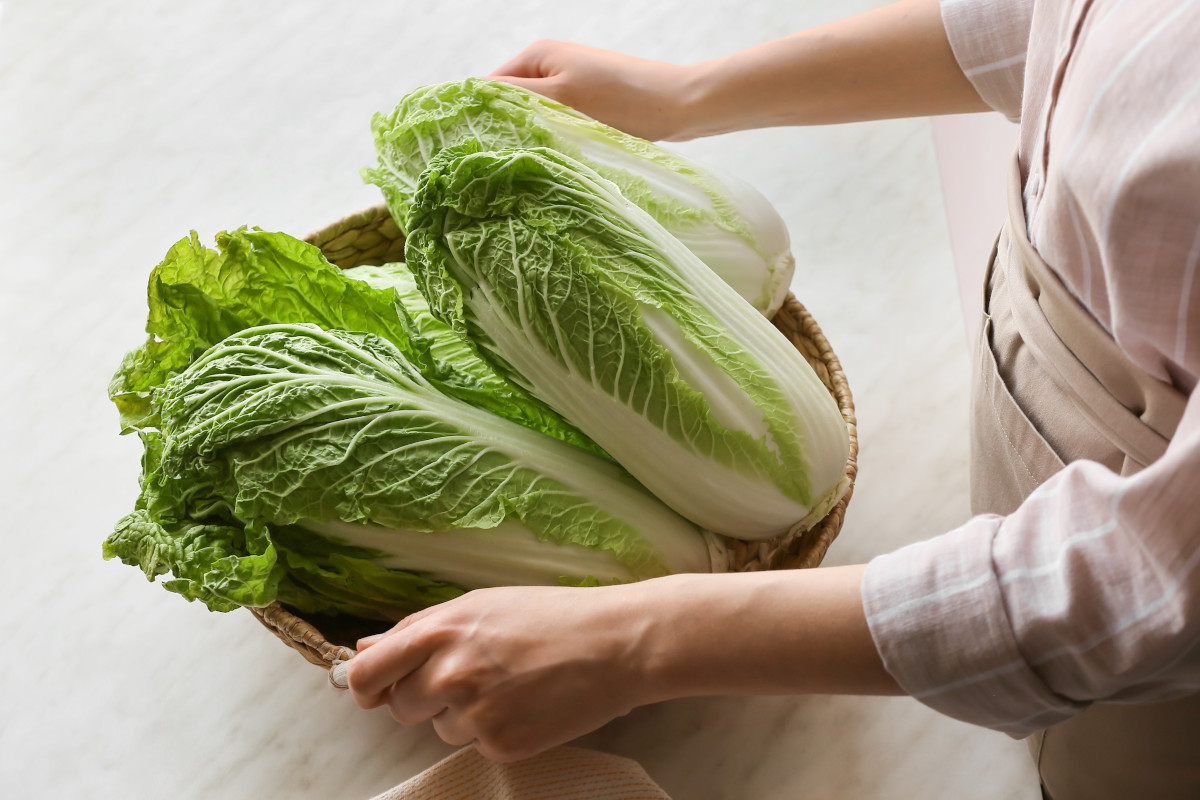

Articles
How To Store Napa Cabbage
Modified: August 16, 2024
Discover the best articles on how to store Napa cabbage and keep it fresh. Learn helpful tips and tricks to maximize its shelf life and maintain its crispness.
(Many of the links in this article redirect to a specific reviewed product. Your purchase of these products through affiliate links helps to generate commission for Storables.com, at no extra cost. Learn more)
Introduction
Napa cabbage, also known as Chinese cabbage or celery cabbage, is a versatile and nutritious vegetable often used in Asian cuisine. Its mild and slightly sweet flavor, along with its crisp texture, makes it a popular choice for salads, stir-fries, and kimchi. If you have a surplus of fresh Napa cabbage and want to make sure it lasts as long as possible, proper storage is key.
In this article, we will guide you through the process of storing Napa cabbage to maintain its freshness and quality. Whether you plan to use it in the near future or want to stock up for later, these storage methods will help you extend the lifespan of your Napa cabbage.
Before delving into the storage techniques, let’s take a closer look at Napa cabbage and the factors to consider when choosing the right cabbage for storage.
Key Takeaways:
- Properly storing Napa cabbage is crucial for maintaining its freshness and quality. Whether refrigerating, freezing, or fermenting, these methods ensure you can enjoy this versatile vegetable for both short-term and long-term use.
- When using stored Napa cabbage, remember to thaw frozen cabbage properly, adjust cooking times, and experiment with different recipes to make the most of its unique flavor and texture. Always prioritize food safety and discard any spoiled cabbage.
Read more: How To Store Purple Cabbage
Understanding Napa Cabbage
Napa cabbage, scientifically known as Brassica rapa subsp. pekinensis, is a leafy vegetable that belongs to the Brassicaceae family. It is native to China and is widely cultivated in various parts of Asia. Napa cabbage is known for its oblong shape, crinkled leaves, and pale green to white color.
Unlike regular green cabbage, Napa cabbage has a milder taste and is more tender in texture. It has a subtle, slightly sweet flavor with hints of celery. Napa cabbage is highly nutritious, packed with vitamins A, C, and K, as well as dietary fiber and antioxidants.
Due to its versatility and nutritional benefits, Napa cabbage can be used in a variety of dishes. It is commonly shredded and added to salads, used as a wrap for fillings, stir-fried with other vegetables or meat, and even fermented to make traditional Korean kimchi.
Choosing the Right Napa Cabbage
When it comes to choosing the right Napa cabbage for storage, there are a few factors to consider. These factors will help ensure that you select fresh, high-quality cabbage that will last longer:
- Appearance: Look for Napa cabbage that has crisp, firm leaves without any signs of wilting or browning. The leaves should be tightly packed and free from any major blemishes or bruises.
- Weight: Opt for heavier cabbage heads, as this indicates a higher water content and freshness. Avoid lightweight or hollow-feeling cabbage, as it may be a sign of dryness.
- Freshness: Check the cut end of the Napa cabbage stem. It should appear moist and freshly cut. Avoid cabbage with dried or discolored ends, as this can be a sign of age and deterioration.
- Aroma: Give the Napa cabbage a sniff. It should have a fresh, slightly sweet aroma. If it smells sour or unpleasant, it may be an indication of spoilage or improper storage.
It’s also worth noting that Napa cabbage is available in a variety of sizes. Choose a cabbage head size that suits your needs. Larger heads are great for long-term storage and batch cooking, while smaller heads are ideal for immediate consumption.
Now that you know how to choose the right Napa cabbage, let’s move on to the next step: preparing it for storage.
Preparing Napa Cabbage for Storage
Before you store Napa cabbage, it’s important to properly prepare it to maximize its shelf life. Follow these steps to ensure that your cabbage stays fresh for an extended period:
- Clean and remove outer leaves: Start by rinsing the Napa cabbage under cool running water to remove any dirt or debris. Gently pat it dry with a clean towel. Then, peel off and discard any damaged or wilted outer leaves.
- Trim the stem: Cut off the tough end of the Napa cabbage stem. Make a clean, diagonal cut to remove any dry or discolored parts. This will help the cabbage absorb water and stay fresh.
- Separate the leaves: Carefully separate the cabbage leaves from the core. This will make it easier to store and use the leaves individually as needed. If you prefer to store the whole head, you can skip this step.
- Divide into portions: If you plan on using Napa cabbage in smaller quantities, consider dividing it into portion-sized bundles. This will prevent you from having to defrost or use the entire head at once if you’re storing it in the freezer.
Once you’ve prepared the Napa cabbage, it’s time to choose the storage method that best suits your needs. The two most common methods for storing Napa cabbage are refrigerating and freezing.
Refrigerating Napa Cabbage
Refrigeration is an effective method to store Napa cabbage and keep it fresh for a longer duration. Follow these steps to refrigerate your Napa cabbage:
- Wrap in plastic: Place the prepared Napa cabbage in a plastic bag or wrap it tightly in plastic wrap. This will help to retain its moisture and protect it from drying out in the refrigerator.
- Store in the crisper drawer: Put the wrapped Napa cabbage in the crisper drawer of your refrigerator. The cool and slightly humid environment of the crisper drawer helps to maintain the freshness and crispness of the cabbage.
- Temperature: Set the refrigerator temperature to around 32-41°F (0-5°C) for optimal storage of Napa cabbage. Avoid placing the cabbage near the coldest parts of the fridge, such as the back or near the freezer compartment, as extreme cold can damage it.
- Use within a week: Napa cabbage can typically be stored in the refrigerator for up to a week. However, it’s best to consume it as soon as possible for optimal flavor and texture.
Remember to check on the Napa cabbage periodically during storage. If you notice any wilting, discoloration, or signs of spoilage, it’s best to use or discard it.
Next, let’s explore the process of freezing Napa cabbage for long-term storage.
Read more: How To Store Cabbage In The Refrigerator
Freezing Napa Cabbage
Freezing Napa cabbage is a great option if you want to store it for an extended period. Here’s how to freeze Napa cabbage:
- Blanch the cabbage: Fill a large pot with water and bring it to a boil. Submerge the Napa cabbage leaves or portioned bundles in the boiling water for 1-2 minutes. This blanching process helps to preserve the color, texture, and flavor of the cabbage.
- Cool in ice water: After blanching, immediately transfer the cabbage to a bowl of ice water to stop the cooking process. Leave it in the ice water for a few minutes until it is completely cooled.
- Drain and dry: Take the blanched cabbage out of the ice water and allow it to drain thoroughly. Pat it dry with a clean towel or use a salad spinner to remove any excess moisture. Dry cabbage freezes better and prevents freezer burn.
- Package for freezing: Place the drained and dried Napa cabbage in freezer-safe bags or airtight containers. Squeeze out as much air as possible before sealing. Alternatively, you can wrap individual leaves or bundles with plastic wrap prior to placing them in the freezer bags or containers.
- Label and date: Don’t forget to label the containers or bags with the contents and the date of freezing. This will help you keep track of the storage time and ensure you use the oldest cabbage first.
- Freeze: Put the packaged Napa cabbage in the freezer and make sure it is placed in a single layer initially to allow for faster freezing. Once frozen, you can stack the packages to save space.
Frozen Napa cabbage can last for up to 6-8 months in the freezer. It is important to note that the texture of the cabbage can change after freezing, becoming slightly softer. Therefore, it is best to use frozen Napa cabbage in cooked dishes such as stir-fries, soups, or stews rather than raw preparations like salads.
Now that you know how to freeze Napa cabbage, let’s explore another method of preserving it: fermentation.
Store Napa cabbage in a perforated plastic bag in the crisper drawer of the refrigerator. It will stay fresh for up to 2 weeks. Avoid washing before storing to prevent moisture buildup.
Preserving Napa Cabbage through Fermentation
One of the most popular ways to preserve Napa cabbage is through fermentation, which results in the delicious and tangy Korean dish known as kimchi. Here’s how you can ferment Napa cabbage:
- Prepare the cabbage: Cut the Napa cabbage into quarters and remove the tough core. Rinse the cabbage leaves thoroughly under cold water to remove any dirt or impurities.
- Brine the cabbage: Dissolve about 1/4 cup of salt in a large bowl of water to create a brine. Submerge the cabbage quarters in the brine, making sure they are fully covered. Let them soak for 2-3 hours to draw out the water and create the right environment for fermentation.
- Rinse and drain: After brining, rinse the cabbage under running water to remove excess salt. Gently squeeze out any excess water and allow the cabbage to drain in a colander for about 30 minutes.
- Prepare the seasoning: Meanwhile, prepare the seasoning mixture for the kimchi. This typically includes ingredients like garlic, ginger, chili flakes or paste, fish sauce, and other desired spices. Adjust the seasoning according to your taste preferences.
- Coat the cabbage: Take each cabbage quarter and thoroughly coat it with the seasoning mixture, ensuring that all the leaves are well covered. You can also add additional vegetables like radishes, carrots, or green onions for added flavor and texture.
- Fermentation container: Transfer the seasoned cabbage to a sterilized fermentation container, such as a glass jar or ceramic crock. Pack the cabbage tightly and press it down to remove any air pockets.
- Weight and cover: Place a clean, sterilized weight on top of the cabbage to keep it submerged in its own juices. This prevents the cabbage from being exposed to air, which can cause spoilage. Cover the container loosely with a lid or cloth to allow gases to escape during fermentation.
- Fermentation process: Keep the container at room temperature, away from direct sunlight, for about 3-5 days. During this time, the fermentation process creates the characteristic tangy and flavorful kimchi. Taste the kimchi daily to determine the level of fermentation you prefer.
- Refrigerate and enjoy: Once the kimchi reaches your desired level of fermentation, transfer it to the refrigerator to slow down the fermentation process. Properly stored kimchi can last for several months.
Fermented Napa cabbage, or kimchi, not only preserves the cabbage but also enhances its flavor and nutritional value. It can be enjoyed as a side dish, added to rice bowls or noodles, or incorporated into various Korean-inspired recipes.
Now that you know how to preserve Napa cabbage through fermentation, let’s explore storing it for short-term use.
Storing Napa Cabbage for Short-term Use
If you only need to store Napa cabbage for a short period, there are a few methods you can use to keep it fresh for a few days:
- Refrigerator in a plastic bag: Place the whole cabbage head or cut cabbage in a plastic bag, ensuring it is tightly sealed. Store it in the refrigerator’s crisper drawer at a temperature between 32-41°F (0-5°C).
- Refrigerator in water: Another option is to store the Napa cabbage in a container filled with water. Place the cut end of the cabbage in the water and cover the container. Change the water daily to maintain freshness.
- Damp cloth method: Wrap the Napa cabbage in a clean, damp cloth or paper towel. This helps to retain moisture and prevent wilting. Store it in the crisper drawer of the refrigerator.
- Hydrate before use: If you find that your Napa cabbage has wilted slightly, you can revive it by soaking it in a bowl of cold water for 15-30 minutes. This can help rehydrate the leaves and restore some of its crispness.
Remember, these short-term storage methods are best for keeping Napa cabbage fresh for a few days. For longer storage, it is recommended to follow the refrigeration or freezing methods mentioned earlier.
Now that you know how to store Napa cabbage for short-term use, let’s move on to long-term storage methods.
Storing Napa Cabbage for Long-term Use
If you want to store Napa cabbage for an extended period, you can follow these methods for long-term preservation:
- Refrigerating in vacuum-sealed bags: After preparing the Napa cabbage for storage, place it in vacuum-sealed bags. Vacuum sealing helps remove air and slows down the deterioration process. Store the vacuum-sealed bags in the refrigerator’s crisper drawer.
- Blanching and freezing: As mentioned earlier, blanching Napa cabbage before freezing helps preserve its quality. Follow the freezing method outlined earlier, and store the packaged cabbage in the freezer. Make sure to label and date the packages for easy identification.
- Fermenting into kimchi: Fermented Napa cabbage, or kimchi, can be stored in airtight containers in the refrigerator for several months. The cold temperature inhibits further fermentation and keeps the kimchi fresh and flavorful.
By using these storage methods, you can enjoy Napa cabbage long after its harvest season. Whether you prefer the crispness of refrigerated cabbage, the convenience of frozen cabbage, or the tangy flavor of kimchi, there’s always a way to have Napa cabbage on hand.
Now that you have learned how to store Napa cabbage for long-term use, let’s move on to understanding how to properly use the stored cabbage.
Read more: How To Store Green Cabbage
Properly Using Stored Napa Cabbage
When using stored Napa cabbage, there are a few tips to keep in mind to ensure the best possible results:
- Thaw frozen Napa cabbage properly: If you are using frozen Napa cabbage, make sure to thaw it thoroughly before cooking. Place the frozen cabbage in the refrigerator overnight or use the defrost setting on your microwave. Squeeze out any excess moisture before incorporating it into your recipe.
- Adjust cooking time for frozen cabbage: Keep in mind that frozen Napa cabbage may have a slightly softer texture than fresh cabbage. Adjust your cooking time accordingly to prevent overcooking the cabbage.
- Use blanched cabbage in stir-fries: Frozen or blanched Napa cabbage works well in stir-fries. Add it towards the end of the cooking process to retain its crispness and maintain its vibrant color.
- Enjoy fermented cabbage in various dishes: Kimchi, the fermented form of Napa cabbage, adds a delicious tang and complexity to many dishes. Use it as a side dish, incorporate it into soups or stews, or even use it as a topping for sandwiches and rice bowls.
- Experiment with different recipes: Napa cabbage is incredibly versatile and can be used in a variety of recipes. Experiment with different cuisines and dishes, such as Asian-inspired stir-fries, salads, wraps, slaws, and even stuffed cabbage rolls.
- Freshen up wilted cabbage with cold water: If your stored Napa cabbage has wilted slightly, you can revive it by soaking it in a bowl of cold water for a few minutes. This can help restore its crispness and make it more enjoyable to eat.
Remember to always use proper food safety measures when handling stored Napa cabbage. Check for any signs of spoilage, such as foul odors, discoloration, or sliminess, and discard any cabbage that appears to be spoiled.
By following these tips, you can make the most of your stored Napa cabbage and enjoy its unique flavor and texture in a variety of dishes.
Now that you’re equipped with knowledge on properly using stored Napa cabbage, let’s wrap up this article.
Conclusion
Napa cabbage, with its mild flavor and crisp texture, is a versatile vegetable that can be enjoyed in a variety of dishes. Whether you have a surplus of fresh Napa cabbage or want to stock up for future use, proper storage techniques are essential to maintain its freshness and quality.
By following the methods outlined in this article, you can store Napa cabbage for both short-term and long-term use. Refrigerating Napa cabbage in plastic bags or in water can keep it fresh for a few days, while blanching and freezing are effective for long-term storage. Additionally, fermenting Napa cabbage into kimchi provides a tangy and flavorful preserved option.
When using stored Napa cabbage, remember to thaw frozen cabbage properly and adjust cooking times accordingly. Experiment with different recipes and enjoy the versatility that Napa cabbage offers.
Always practice proper food safety measures, and discard any cabbage that shows signs of spoilage.
Now that you have the knowledge on how to store and use Napa cabbage, you can make the most of this nutritious and delicious vegetable. So go ahead and store your Napa cabbage with confidence, knowing that you can enjoy its crispness and flavor even long after its harvest season.
Now that you've mastered storing Napa cabbage, why not tackle another common kitchen challenge? If space feels tight in your cooking area, our next article offers practical advice on maximizing every inch. From clever storage hacks to layout tips, learn how to streamline and declutter your kitchen efficiently. Perfect for those looking to enhance their culinary space without the bulk, this guide ensures your kitchen supports your cooking adventures seamlessly.
Frequently Asked Questions about How To Store Napa Cabbage
Was this page helpful?
At Storables.com, we guarantee accurate and reliable information. Our content, validated by Expert Board Contributors, is crafted following stringent Editorial Policies. We're committed to providing you with well-researched, expert-backed insights for all your informational needs.
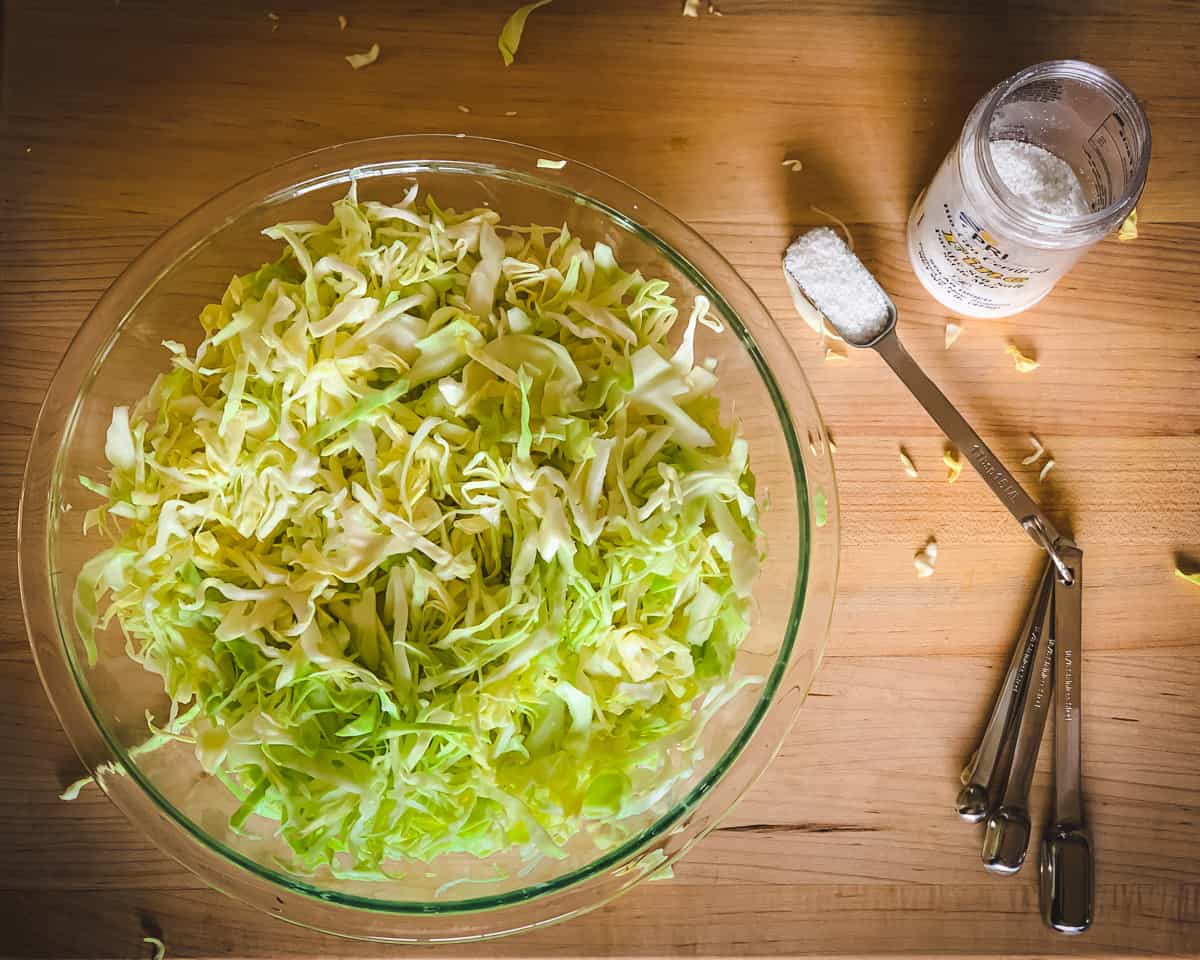
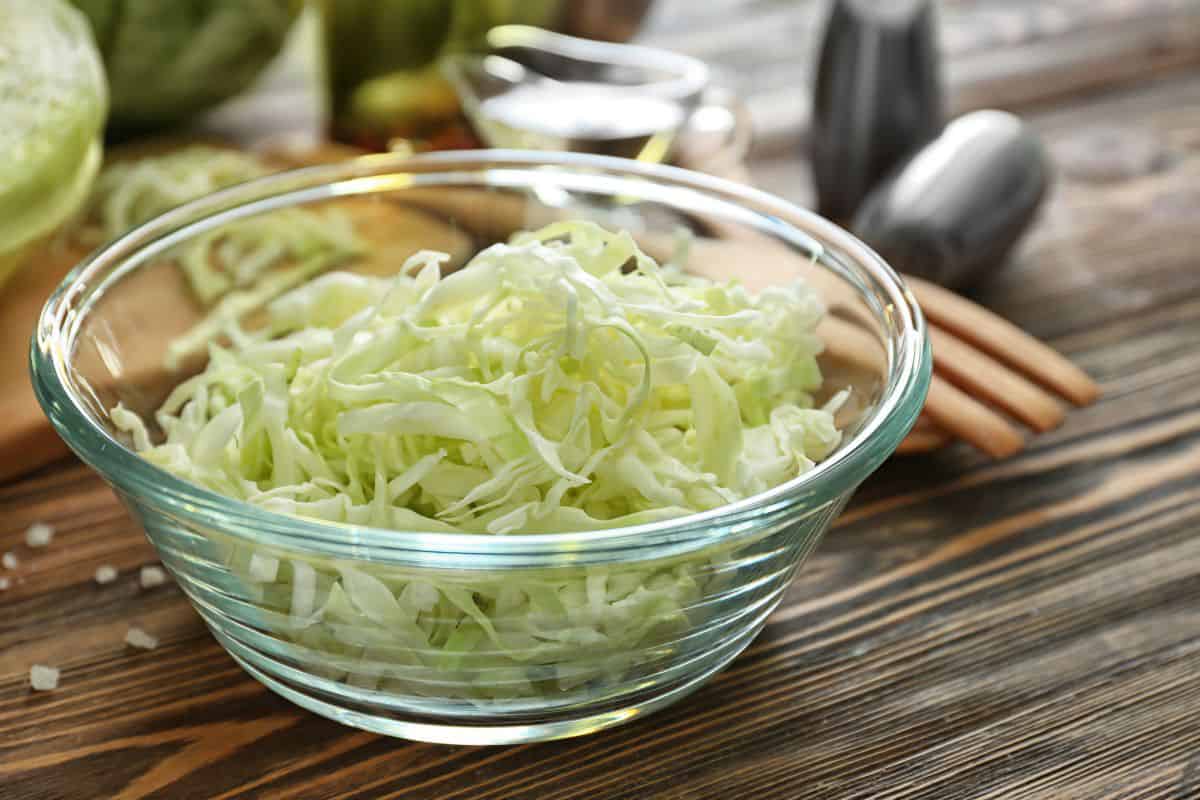
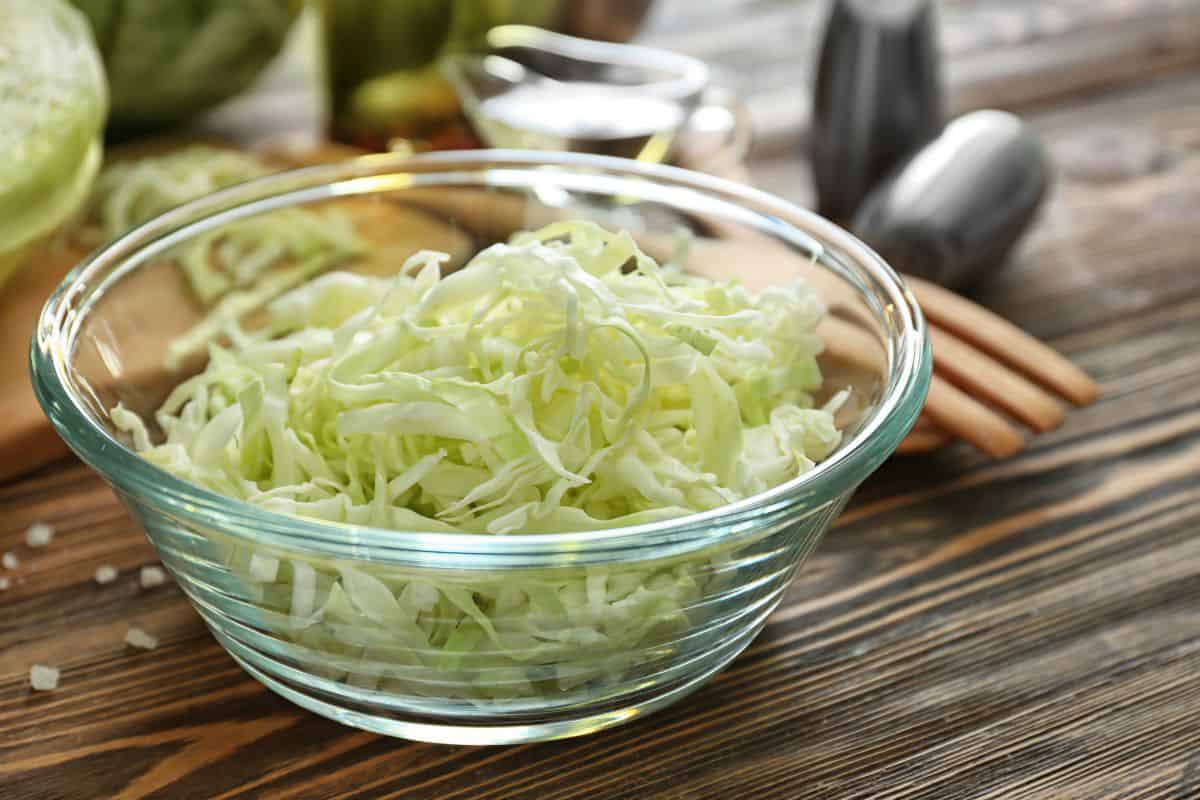
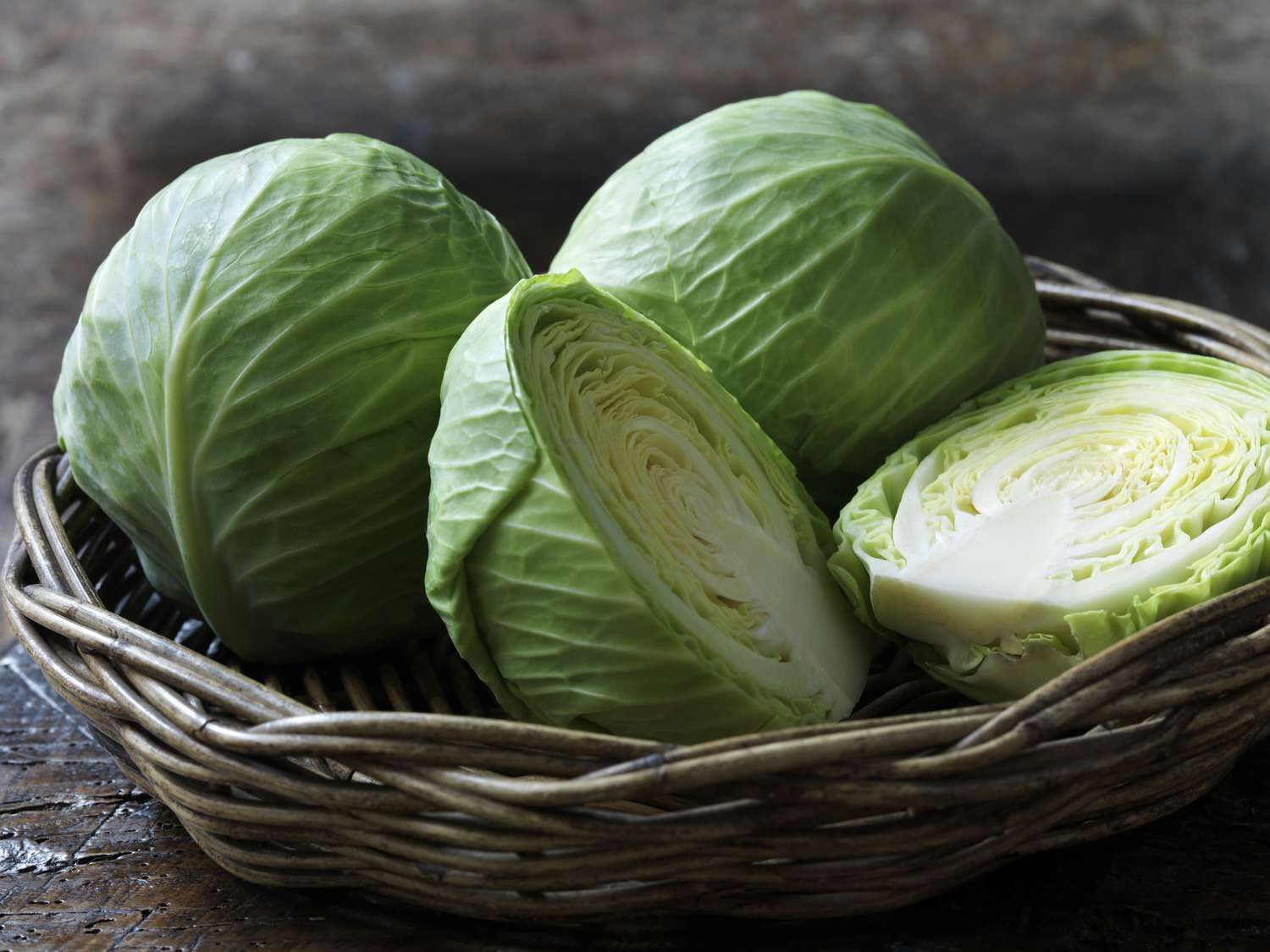
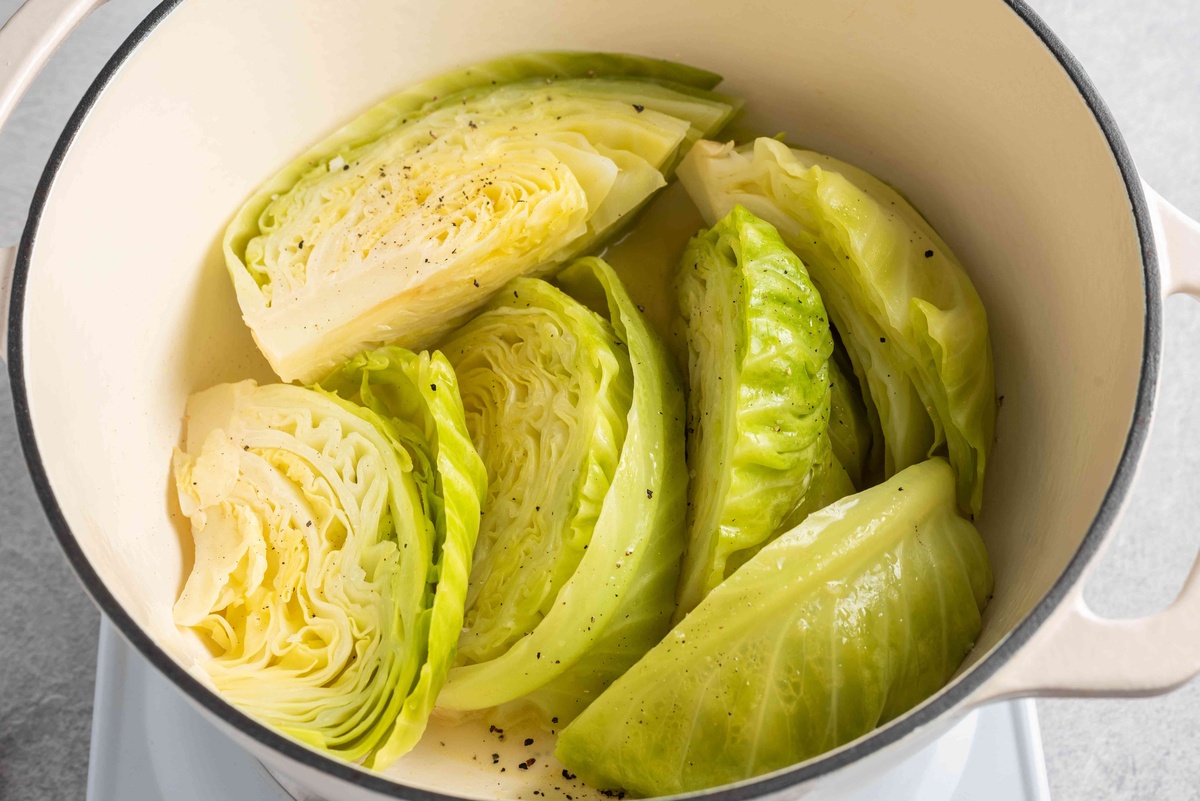
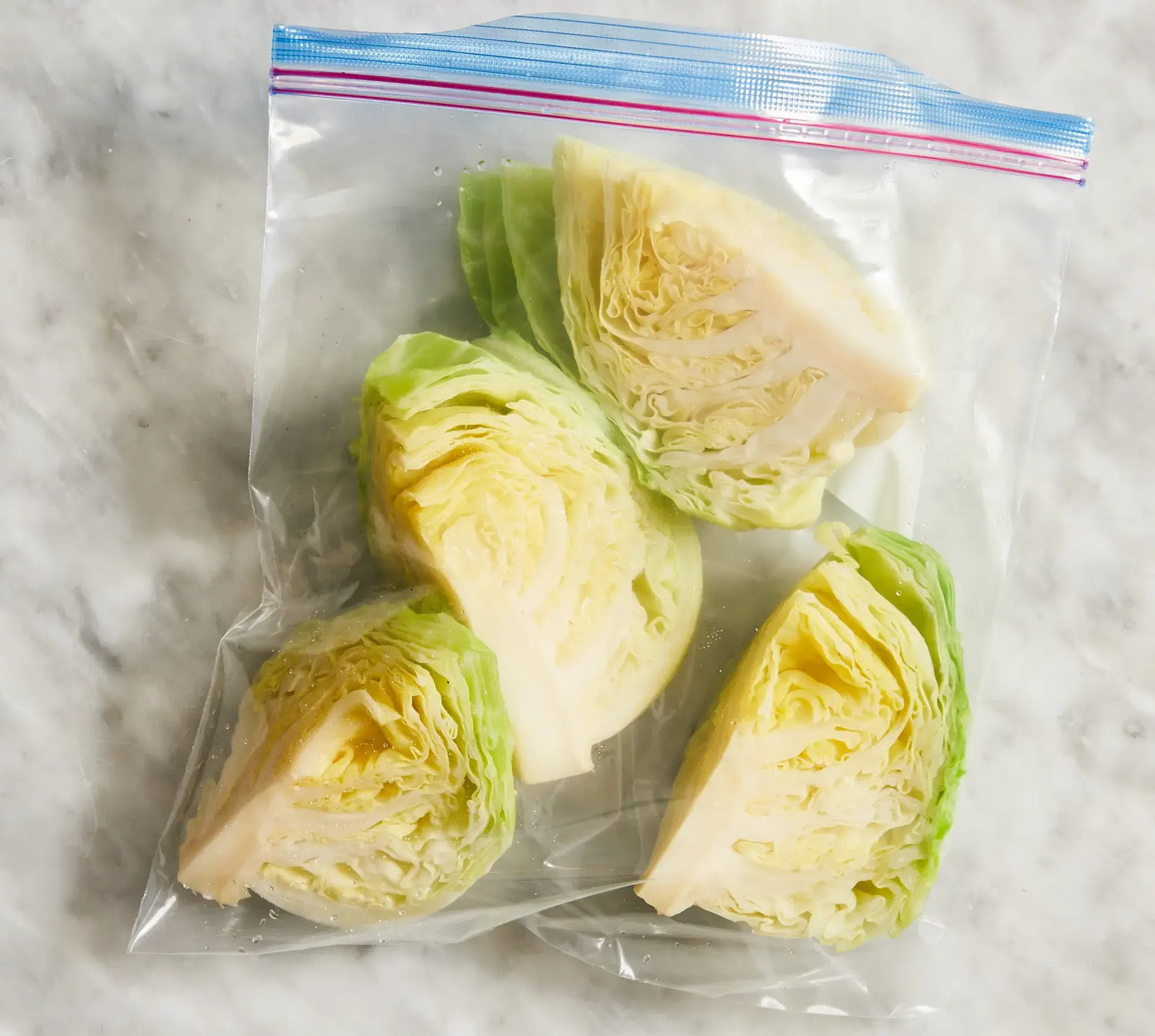
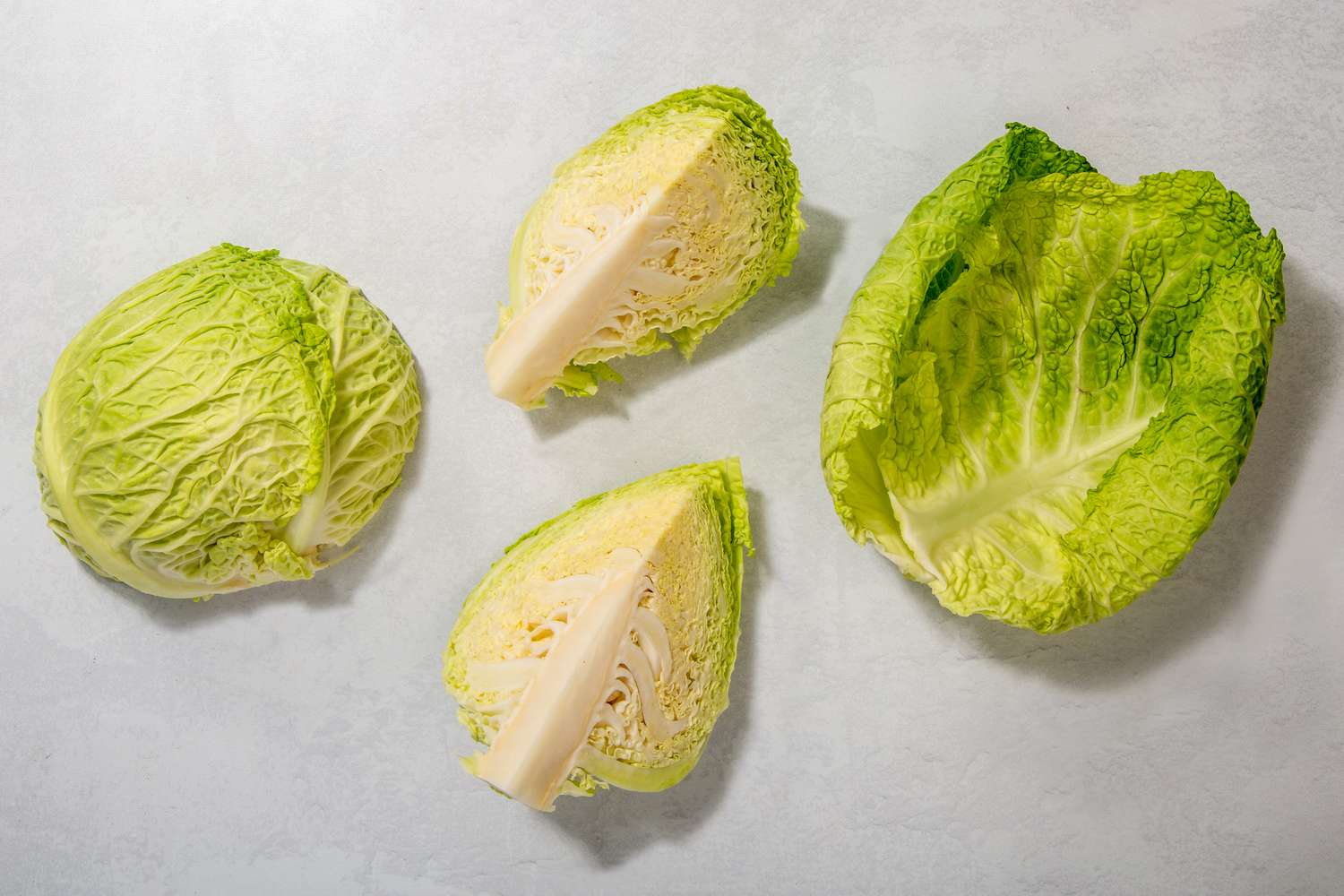
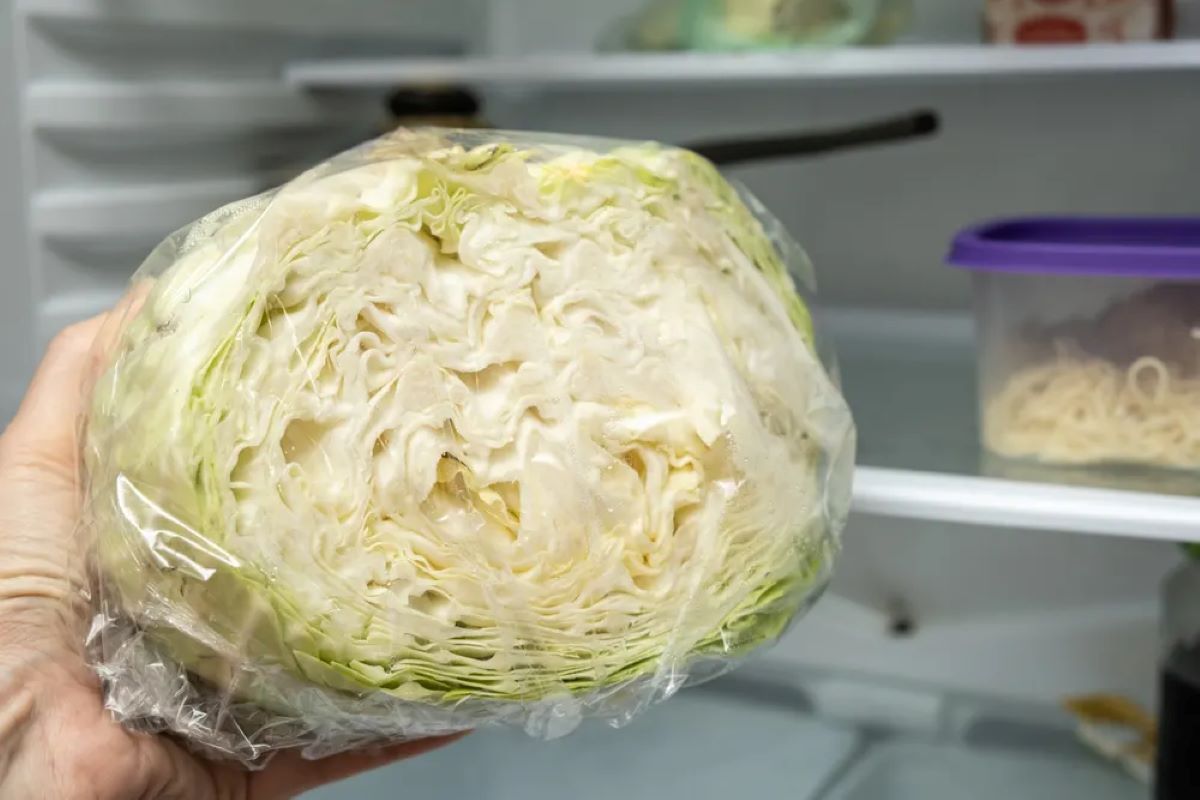
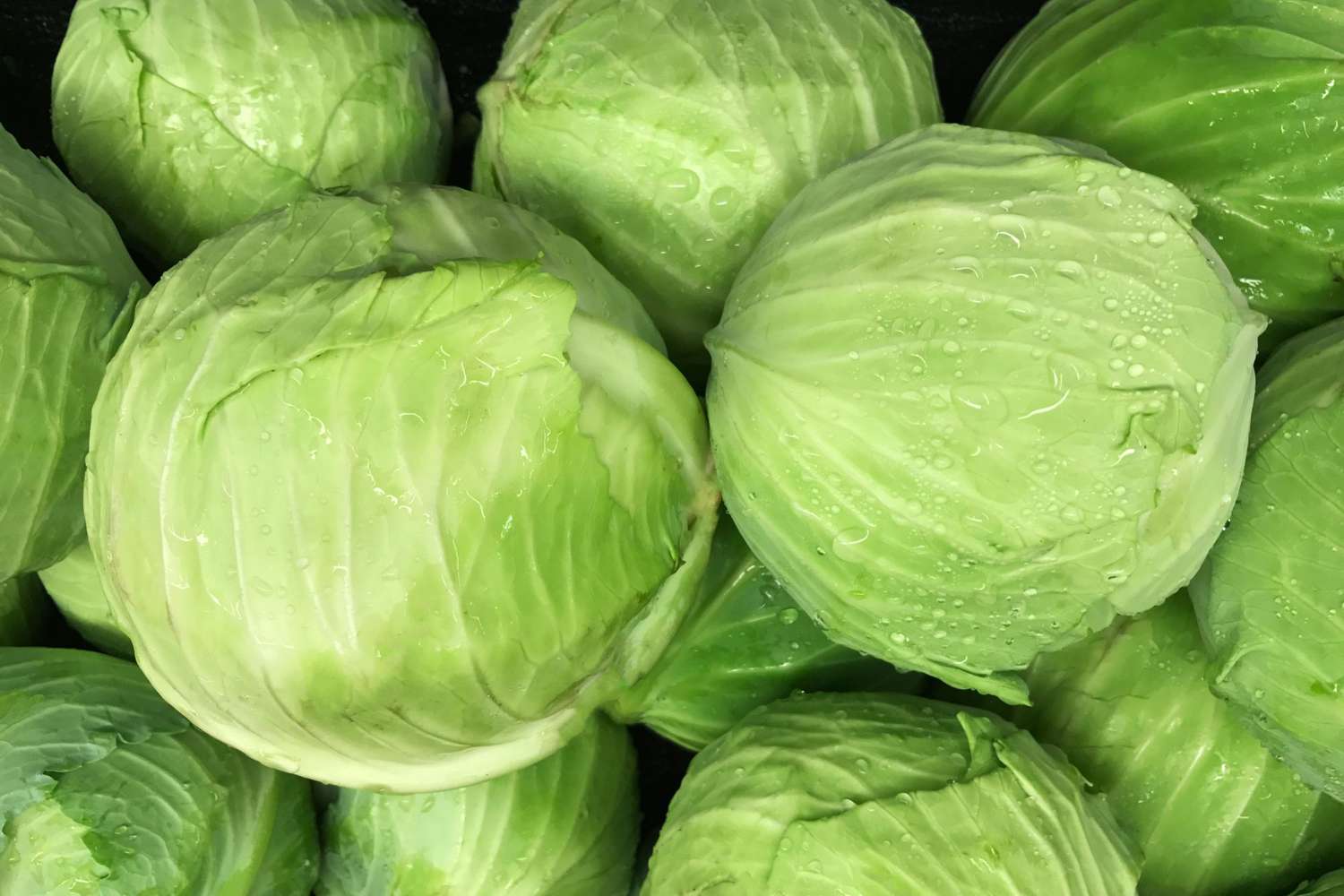
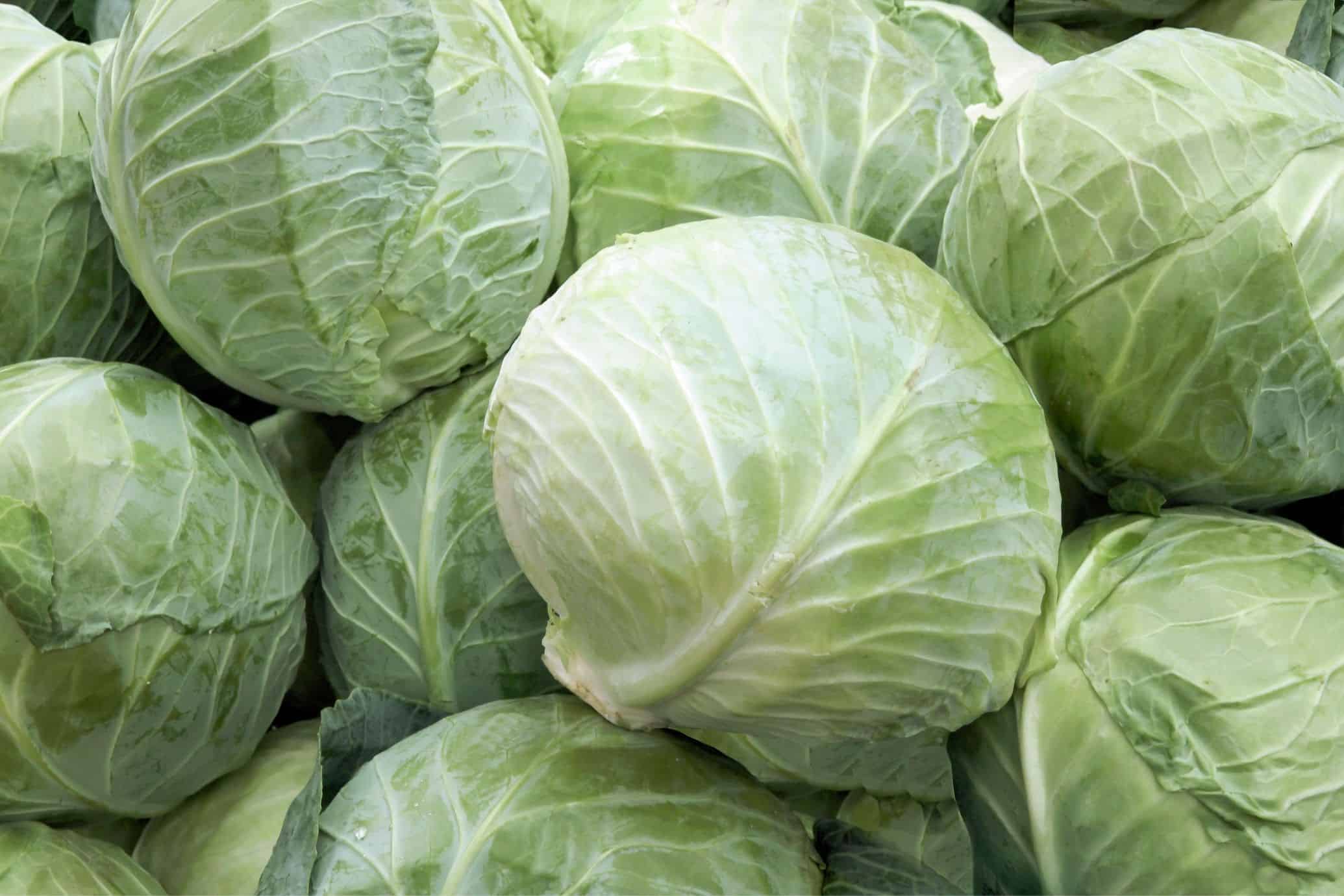
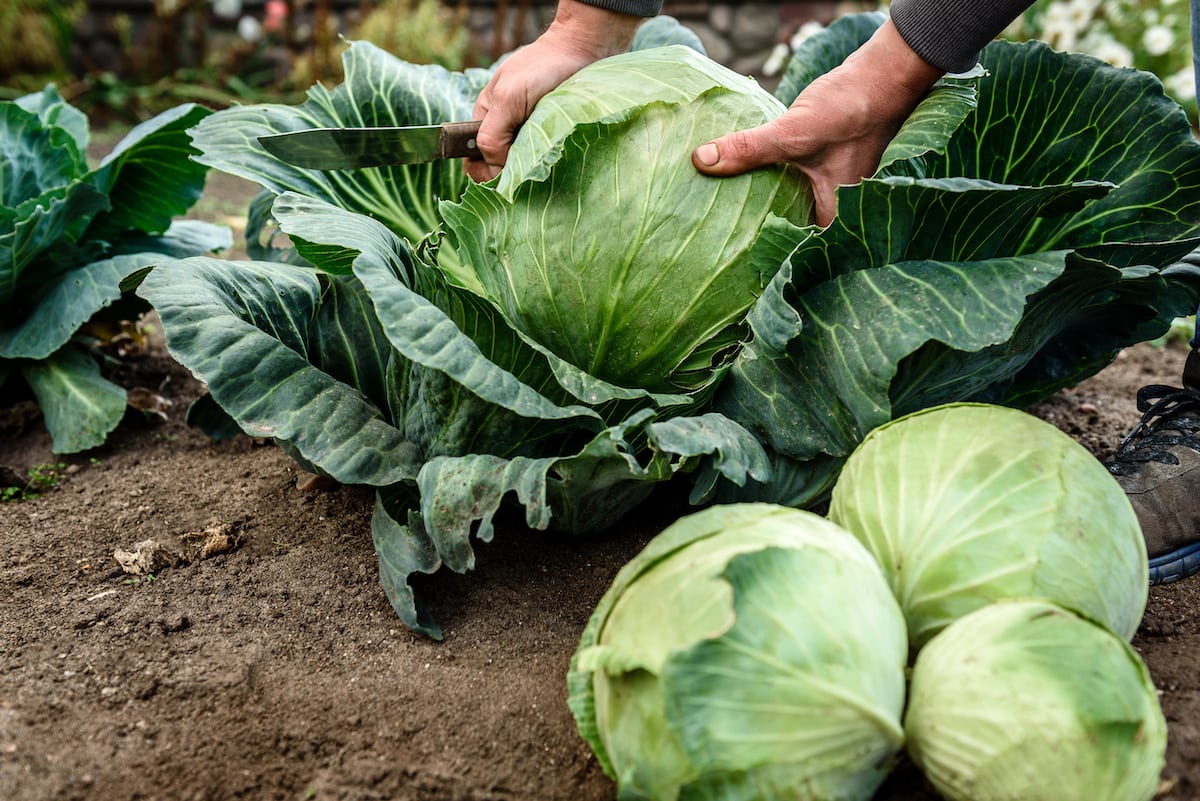
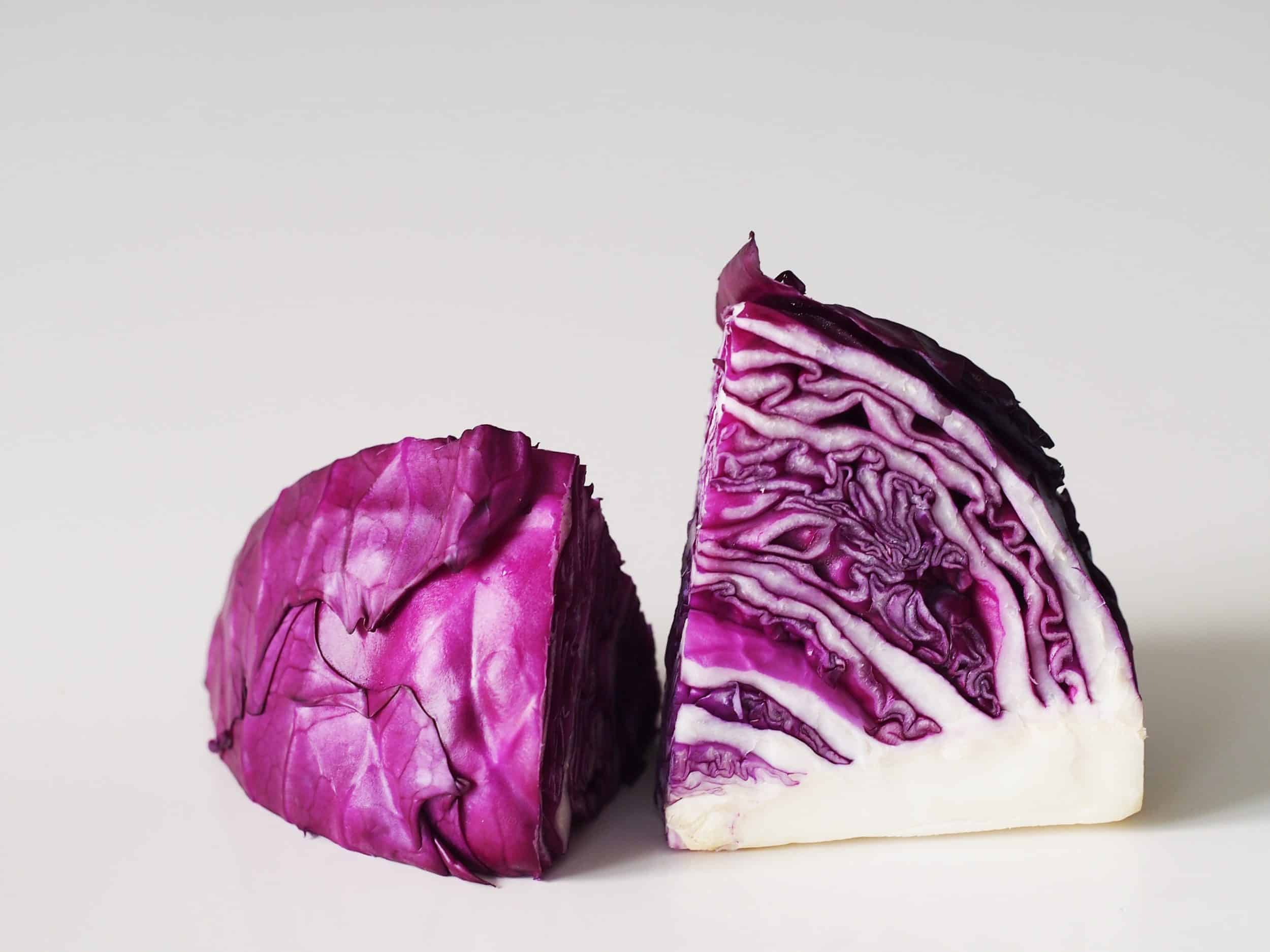
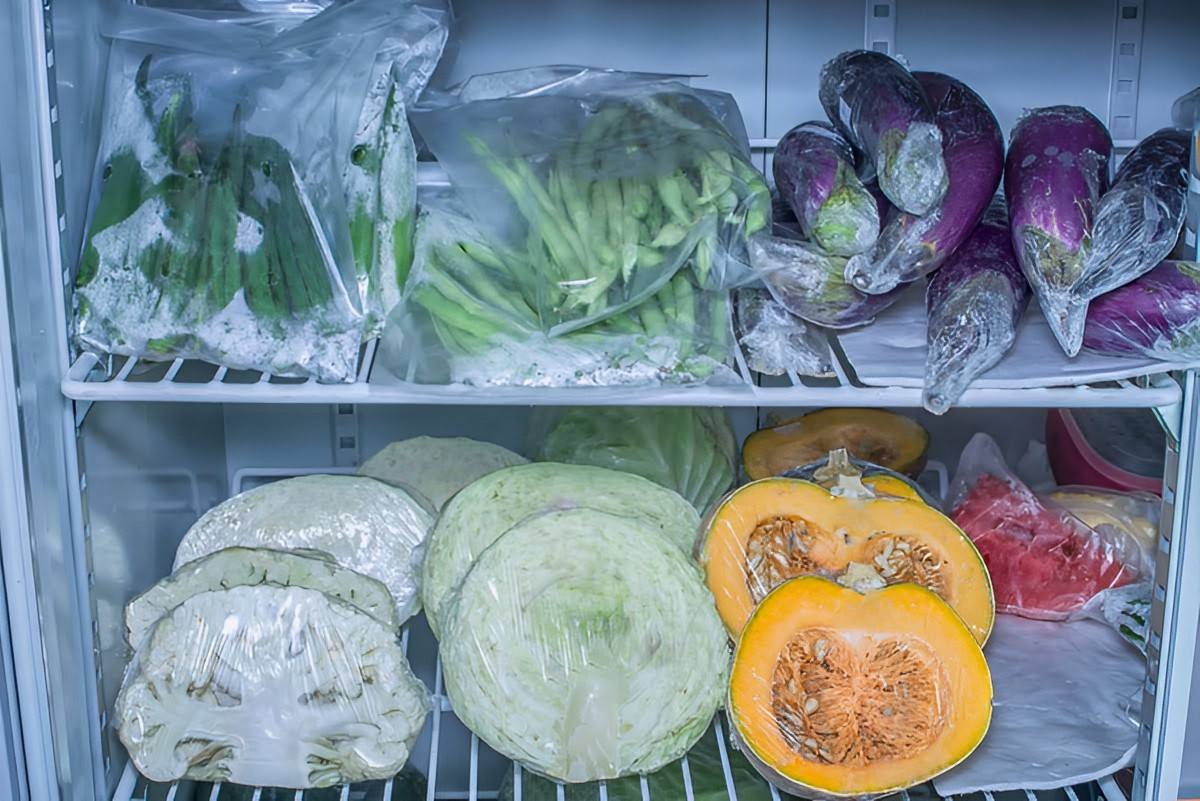

0 thoughts on “How To Store Napa Cabbage”